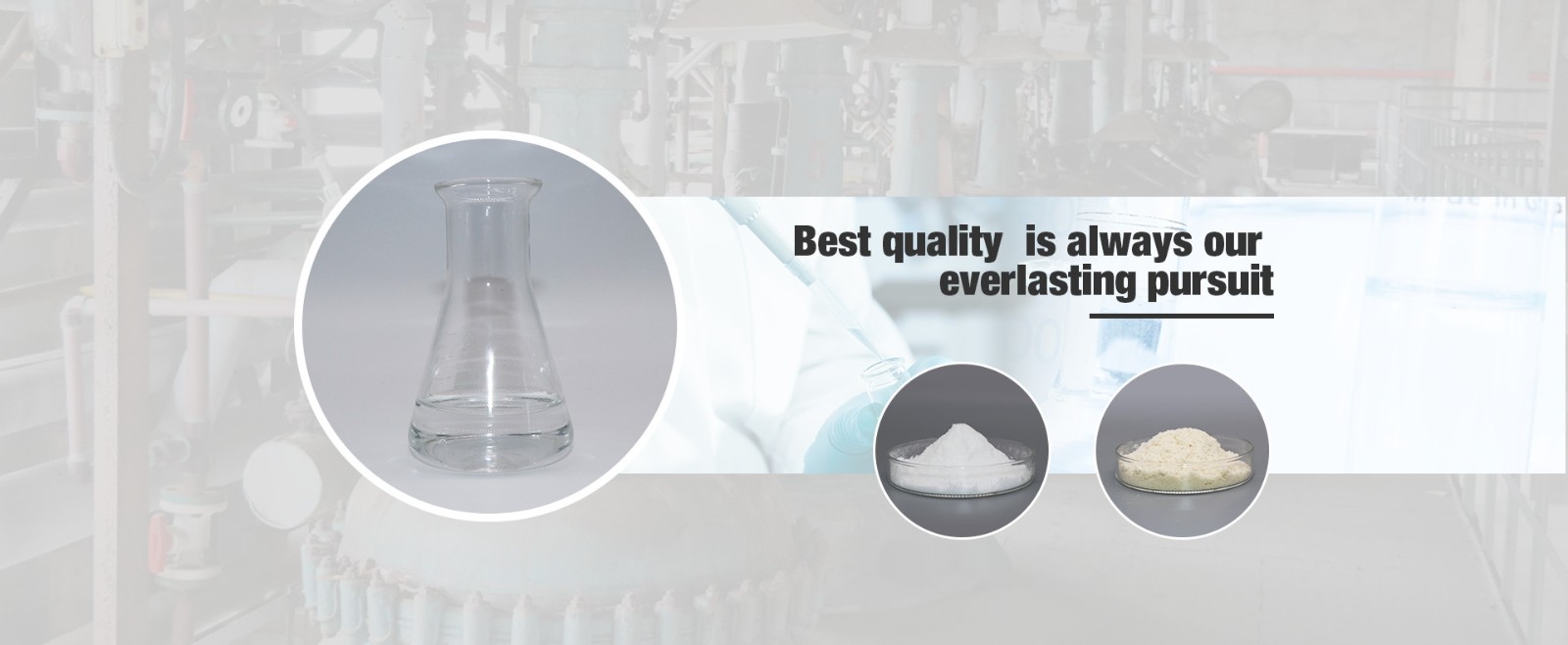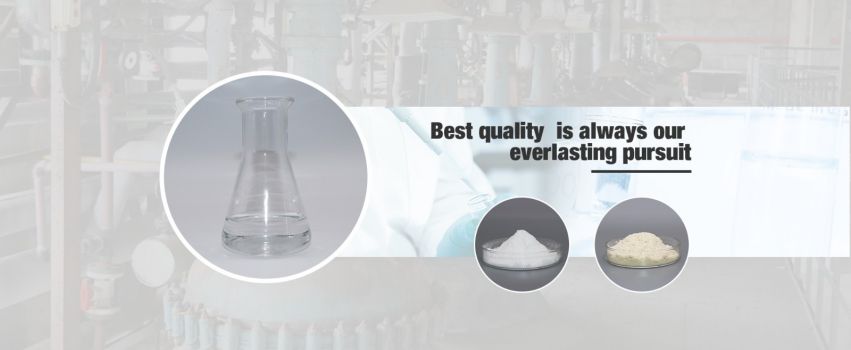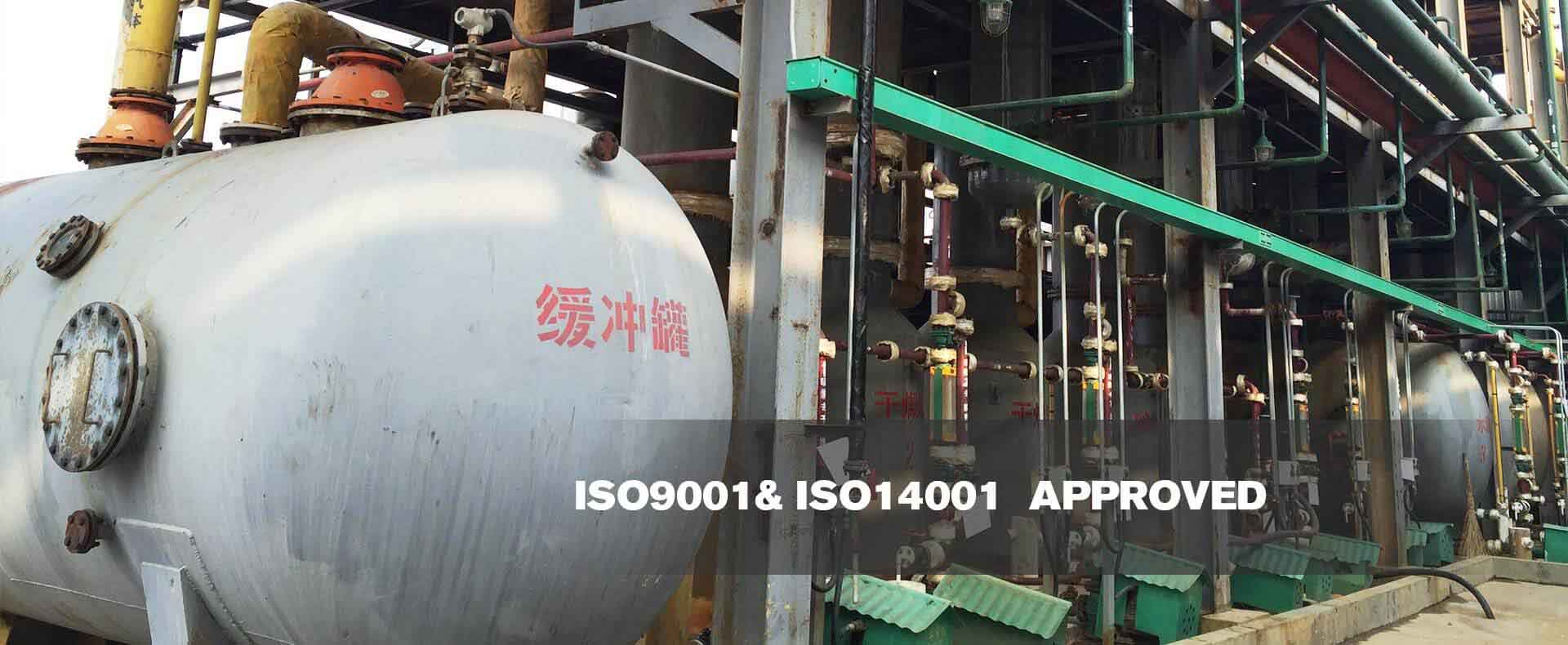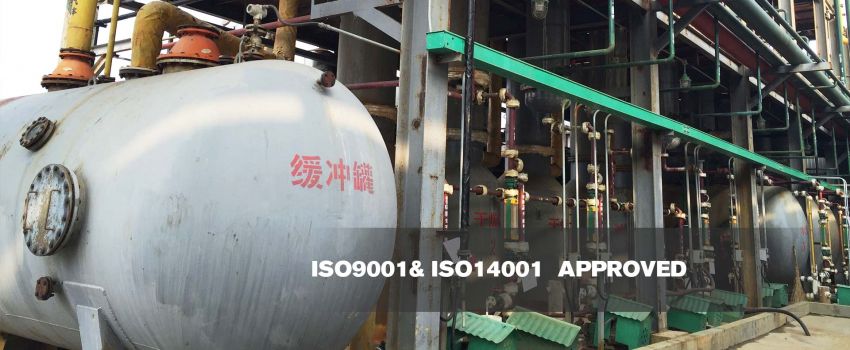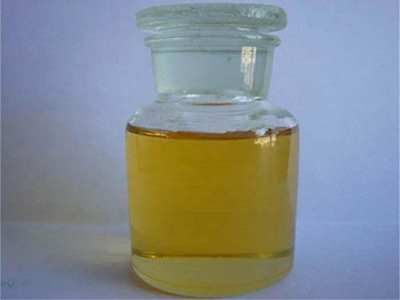Do You really Know Turpentine?
Sep. 13, 2022
Turpentine oil is a volatile solvent obtained by distilling the resin from the coniferous trees of the pine family. The remainder of the distillation is rosin. Professional art turpentine is the second distillation of refined turpentine, known in China as redistilled turpentine, which is colourless and transparent, has fewer impurities and evaporates more thoroughly, making it the ideal solvent for art.
However, it is also labelled as art turpentine, but in reality, it is ordinary turpentine that has been divided and bottled. Turpentine dissolves resins and waxes and dilutes oils, and is the main solvent used in traditional oil painting.
Dilution solvents in painting
1. Plays the role of diluting pigments, dissolving resins and promoting the drying of pigments.
2. It is an important component in the preparation of various mediums.
3. It is also used for cleaning, brushes and other painting tools.
Turpentine Oil CAS:8006-64-2
Good quality turpentine oil, colourless and transparent, can be dripped onto white paper without leaving a yellowing oil stain after evaporation. Turpentine should be kept in a dark bottle, airtight and protected from light. Turpentine that has been stored for too long will gradually turn yellow and evaporate if it is not well preserved, and will become sticky and unfit for use.
Edible fragrances synthesised from turpentine The main components in turpentine are α-pinene and β-pinene and are therefore mainly used as raw materials for the synthesis of edible fragrances. When synthesising, turpentine can be used directly for synthesis according to the situation, or the main components can be separated out and then synthesised.
1. Synthetic turpentine
To turpentine as a raw material synthesis of turpentine alcohol literature reports more, the synthesis of two main methods: one is a one-step method, that is, turpentine oil in the role of acid-catalyzed direct hydration reaction to generate turpentine alcohol; the other is a two-step method, that is, turpentine oil CAS:8006-64-2 first in the role of acid-catalyzed synthesis of terpene glycol, and then by dilute acid-catalyzed dehydration to generate turpentine alcohol.
The two-step method is widely used due to the more stable aroma and purity of the resulting turpentine alcohol and the relatively low investment. In order to increase the yield, a phase transfer catalyst or microwave heating can be used in the reaction. Pinoresinol is one of the main synthetic fragrances exported from China. Pine oil alcohol has α, β, γ three isomers, of which α pine oil alcohol is China GB2760-1996 allowed to use in food fragrances, with similar lilac green aroma, diluted with peach sweetness, can be used to blend lemon, sweet orange, peach, citrus, nutmeg and other edible flavours.
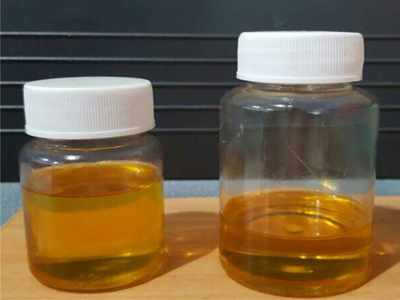
Turpentine Oil
2. Synthetic turpentine esters
Turpentine esters can be synthesized in one step by using turpentine and carboxylic acid as raw materials, under the action of an acidic catalyst. Turpentine acetate has herbal, citrus, spicy, woody, floral, garden grapefruit, seed, rose and allspice aromas and can be used to formulate edible flavours such as garden grapefruit, citrus, orange, peach, apricot, cherry, lemon, spicy and meaty. Isobutyric acid pine oil ester has a floral aroma as well as fat, black pepper flavour, can be used for the deployment of fruit flavours, spices flavour.
3. Synthetic linalool
Taking α-pinene as raw material, after hydrogenation, peroxidation and re-hydrogenation to get pinane alcohol, linalool is produced by thermal cracking of pinane alcohol. Linalool is not only the food flavour allowed in GB2760 in China, but also can be used to synthesize many kinds of food flavour allowed in China. Linalool has floral, woody, wax, aldehyde, green, citrus, berry and rose aromas and can be used to blend edible flavours such as tea, peach, pungent, apricot, tangerine, tropical mango, papaya, garden grapefruit, orange, pineapple, grape and cream.
As an ISO 9001 qualified company, we are mainly specialized in producing high quality but low price Pharmaceutical intermediates, APIs, synthetic intermediates, as well as some materials in dyes industries. Additionally, we provide the OEM (customized) manufacturers for intermediates, if you can’t find materials from the world, just tell us, we will research and produce in our high-tech equipped laboratory. We are dedicated to satisfying our customers with our products and services. To mutual cooperation, to win-win benefit. Welcome to contact us today.
Previous: What Is Potassium Sorbate?
-

CPHI & PMEC China (Shanghai) 2025 --- we are coming!
Mar. 14, 2025
-
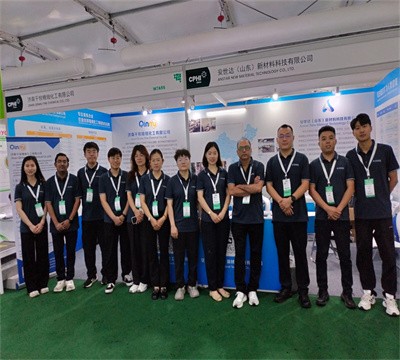
Nice to meet you——CPHI 2024 Shanghai
Jul. 08, 2024











